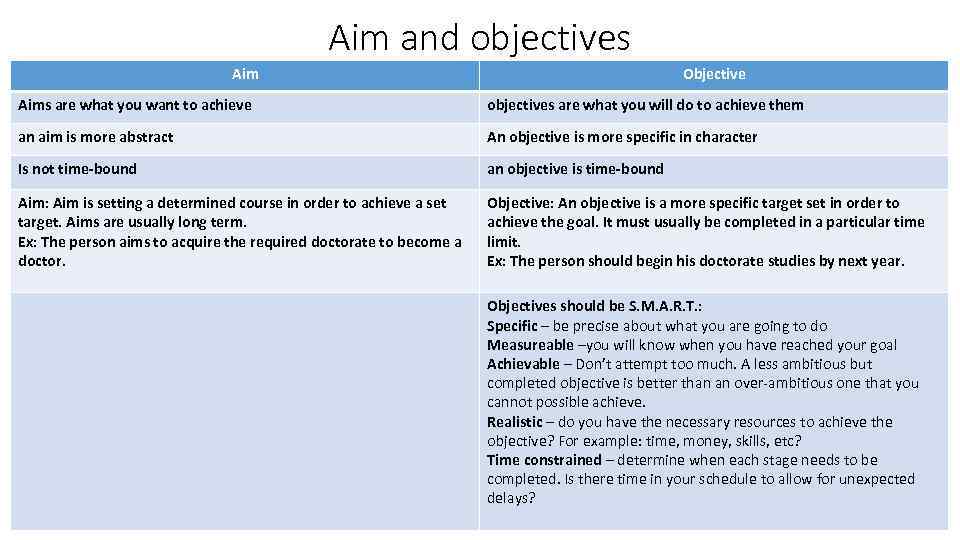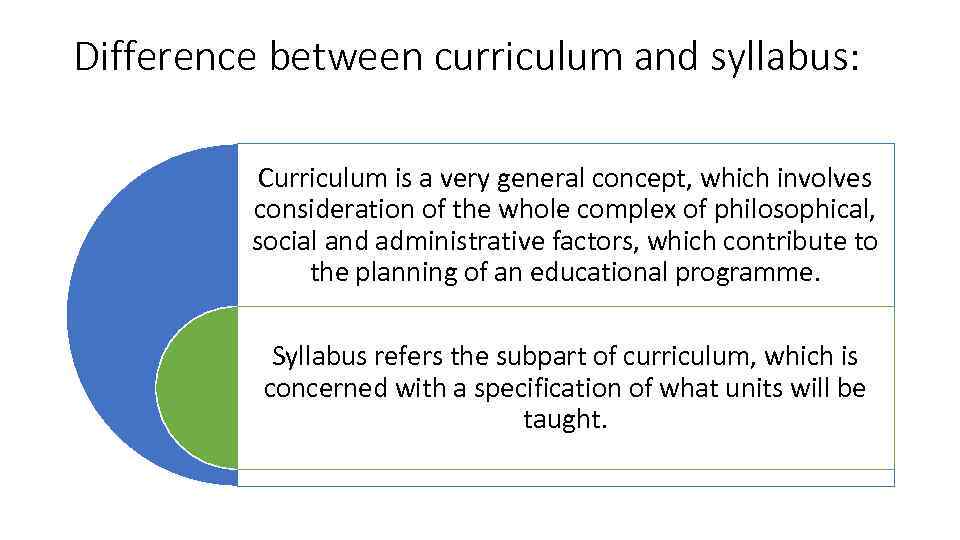Lecture 4 Profile.ppt
- Количество слайдов: 22

Lecture 4 Long-term planning 1. Syllabus 2. Components of a syllabus: v. Aim and objectives v. Type of the programme (name, time, number of hours, etc. ) v. Students: age, level, abilities, learning experience, motivation, etc. 3. Syllabus vs. Curriculum

Current situation (Conception) Teacher in profile school You don’t have the teaching materials Coursebook Syllabus

Definition of syllabus: A syllabus is a specification of work of a particular department in a school or college, and it might be broken down into subsections, which will define the work of a particular group or class. it is often linked to time semesters, terms, weeks A syllabus can only specify what is taught; it cannot organize what is learnt. It can, methodologically, allow for opportunities for acquisition and/or learning, but such opportunities cannot spelt out in detail as they will reflect the personalities of learners and continuing relationships established as the class progresses. Not to have a syllabus is to refuse to allow one’s assumptions to be scrutinized or to enable different teachers to relate their work to each other’s. It is consequently an essential feature of work in a democratic profession or as part of democratic education.

Question Meaning Our components Who? Who does the learning and teaching? Students: age, level, abilities, learning experience, motivation, etc. What? No simpler question is one that probes the nature of the subject matter itself. What is communication? What is language? Content of the course How? How does learning take place? How can person can ensure success in language learning? Methods and approaches When? When does second language learning take place? Type of the programme (name, time, number of hours, etc. ) Where? Are the learners attempting to acquire the second language within the cultural and linguistic milieu of the second language - that is , in a "second" language situation in the technical sese of the term? Type of the programme (name, time, number of hours, etc. ) Assessment Why? Finally, the most encompassing of all questions: Why are learners attempting to acquire the second language? Aim and objectives

Components of a syllabus (Given Syllabus/ Syllabus design) : • Aim and objectives • Type of the programme (name, time, number of hours, etc. ) • Students: age, level, abilities, learning experience, motivation, etc. • Methods and approaches • Content of the course (coursebook and other teaching materials) • Assessment

Aim and objectives Aim Objective Aims are what you want to achieve objectives are what you will do to achieve them an aim is more abstract An objective is more specific in character Is not time-bound an objective is time-bound Aim: Aim is setting a determined course in order to achieve a set target. Aims are usually long term. Ex: The person aims to acquire the required doctorate to become a doctor. Objective: An objective is a more specific target set in order to achieve the goal. It must usually be completed in a particular time limit. Ex: The person should begin his doctorate studies by next year. Objectives should be S. M. A. R. T. : Specific – be precise about what you are going to do Measureable –you will know when you have reached your goal Achievable – Don’t attempt too much. A less ambitious but completed objective is better than an over-ambitious one that you cannot possible achieve. Realistic – do you have the necessary resources to achieve the objective? For example: time, money, skills, etc? Time constrained – determine when each stage needs to be completed. Is there time in your schedule to allow for unexpected delays?

Goal at profile school • The aim of FLT in profile school is Intercultural Communicative Competence - the ability to use the language of your future profession appropriately on the international level

Intercultural Communicative Competence Linguistic competence • is knowing how to use the grammar, syntax, and vocabulary of a language. Linguistic competence asks: What words do I use? How do I put them into phrases and sentences? Sociolinguistic competence • is knowing how to use and respond to language appropriately, given the setting, the topic, and the relationships among the people communicating. Sociolinguistic competence asks: Which words and phrases fit this setting and this topic? How can I express a specific attitude (courtesy, authority, friendliness, respect) when I need to? How do I know what attitude another person is expressing? Discourse competence • Discourse competence is used to refer to two related, but distinct abilities. Textual discourse competence refers to the ability to understand construct monologues or written texts of different genres, such as narratives, procedural texts, expository texts, persuasive (hortatory) texts, descriptions and others. These discourse genres have different characteristics, but in each genre there are some elements that help make the text coherent, and other elements which are used to make important points distinctive or prominent. Learning a language involves learning how to relate these different types of discourse in such a way that hearers or readers can understand what is going on and see what is important. Likewise it involves being able to relate information in a way that is coherent to the readers and hearers. Strategic competence • is knowing how to recognize and repair communication breakdowns, how to work around gaps in one’s knowledge of the language, and how to learn more about the language and in the context. Strategic competence asks: How do I know when I’ve misunderstood or when someone has misunderstood me? What do I say then? How can I express my ideas if I don’t know the name of something or the right verb form to use?

Types of language programmes • At school or at language courses • Individual, pair and group • Extensive and Intensive • General, English for Academic Purposes and English for Specific Purposes:

English for Specific Purposes: English for Lawyers English for Political Scientists English for Economists English for Social Workers English for Mass Communications English for Sociologist and Anthropologists English for Business Purposes English for Airline Business English for Job Applications English for Health Sciences English for Engineering 1 English for Science and Technology English for Mathematicians English for Computer Scientists Etc.

Number of hours: 45 minutes once a week 60 minutes 3 times a week 180 minutes 5 times a week (3 -month course) Etc.

Students: age, level, abilities, learning experience, motivation, etc. Task 1 (5 minutes) : write down the necessary information about your students and reasons to know about them. What Why Names of students So you can get them right! Age Choice of topics

№ Number of hours Additional Independent lessons works 2 2 2 10 1. 2. 3 4 5 I can’t dance Shopping – men love it! Fatal attraction? Are you still mine? Revise and check - Unit 4 Practical lessons 2 2 2 6 7 8 9 Who were they? Sydney, here we come! Girls’ night out Murder in a country house 2 2 2 2 10 Revise and check - Unit 5 2 2 10 22 11 12 A house with a history A night in a haunted hotel 2 2 13 14 Neighbours from hell When a men is tired of London 2 2 15 Revise and check - Unit 6 2 2 10 22 Themes Total 30 Total 2 2 22



Difference between curriculum and syllabus: Curriculum is a very general concept, which involves consideration of the whole complex of philosophical, social and administrative factors, which contribute to the planning of an educational programme. Syllabus refers the subpart of curriculum, which is concerned with a specification of what units will be taught.

‘Syllabus’ refers to the content or subject matter of an individual subject, whereas ‘curriculum’ stands for the totality of content to be taught and aims to be realized within one school or educational system.

Definition of “curriculum” The term “curriculum” is used to refer to the overall plan or design for a course. Curriculum (Latin "currere“) - a race or the course of a race The content for a course is transformed into a blueprint (detailed plan) for teaching and learning which enables the desired learning outcomes to be achieved.



Questions?

Lecture 4 Profile.ppt